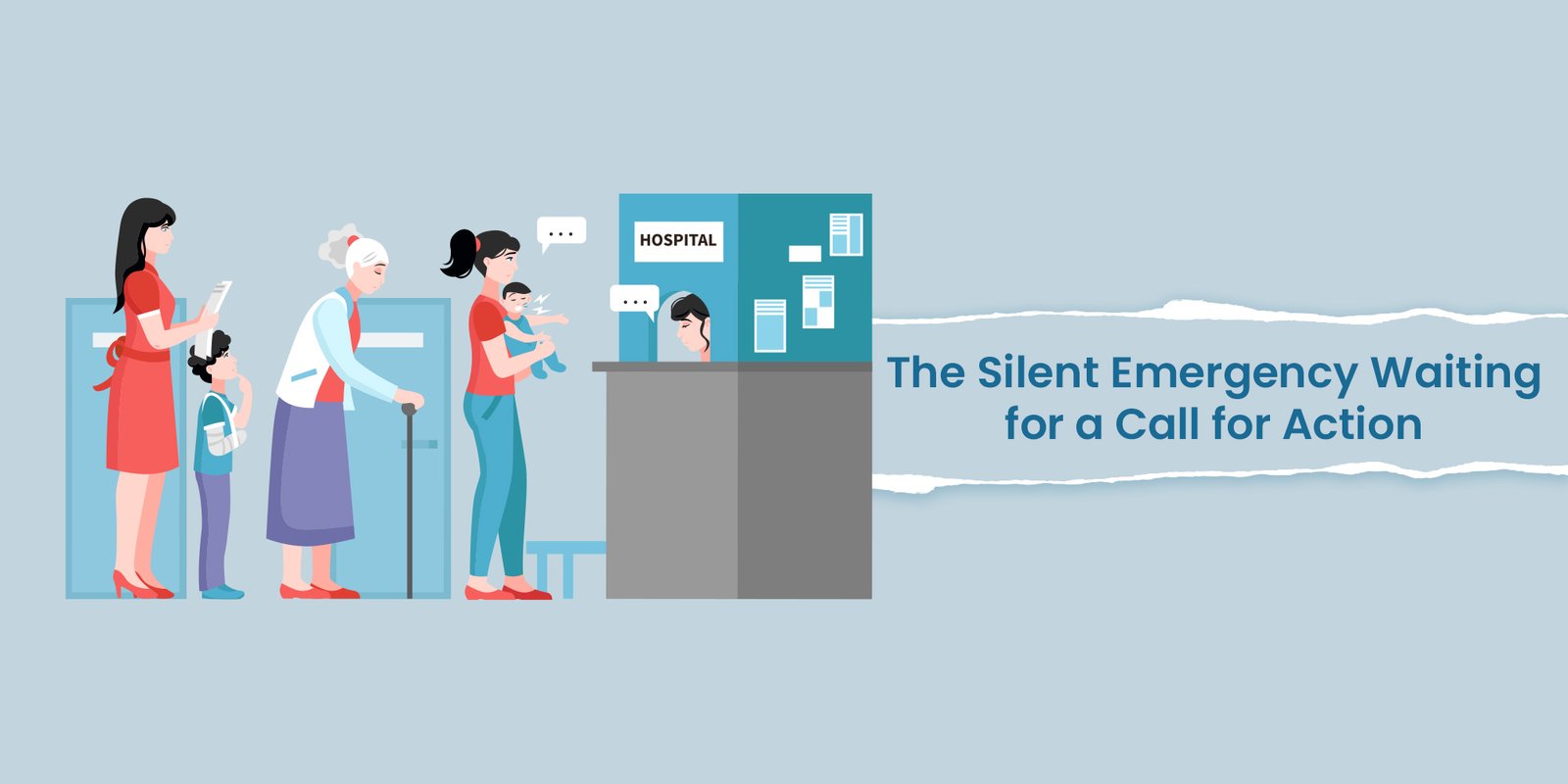THOUGHT LEADERSHIP

Virtual care is on the rise, but is it truly sustainable? This thought leadership piece unpacks the telehealth debate and explains why RCM is key to making it work efficiently.

Prior authorization continues to drag down pain management providers and their patients. Dive into this asset to discover how providers can fine-tune their RCM to turn the tide in their favor.

Managing rural population health with limited resources is tough already, and for many rural providers, the light has already dimmed, with nearly 167 hospital closures since 2010. While government grants can help tackle clinical and regulatory challenges, revenue cycle management (RCM) can help keep rural healthcare financially afloat and continue providing care.

Healthcare continues to be highly lucrative for private equity, with investments crossing $1 trillion in the past decade. But success in this high-stakes game requires more than just capital; it requires a well-thought-out strategy where revenue maximization and cost optimization go hand in hand.

FQHCs and RHCs are the backbone of healthcare, providing essential services to underserved communities. But to keep their doors open, they need to capture every last dollar they can through efficient revenue cycle processes. We understand the granular details about the most specific and glaring revenue cycle gaps that can put your practice in a bind, affecting not only your financial sustenance but also your ability to provide care.

We understand the everyday challenges pain management practices like yours face that go beyond clinical care. The constant struggle to maintain revenue integrity and reduce above-average denial rates all while navigating shifting payer behavior—can take a toll on your practice. These areas, if overlooked, can lead to missed revenue opportunities, limiting your ability to scale and grow.





